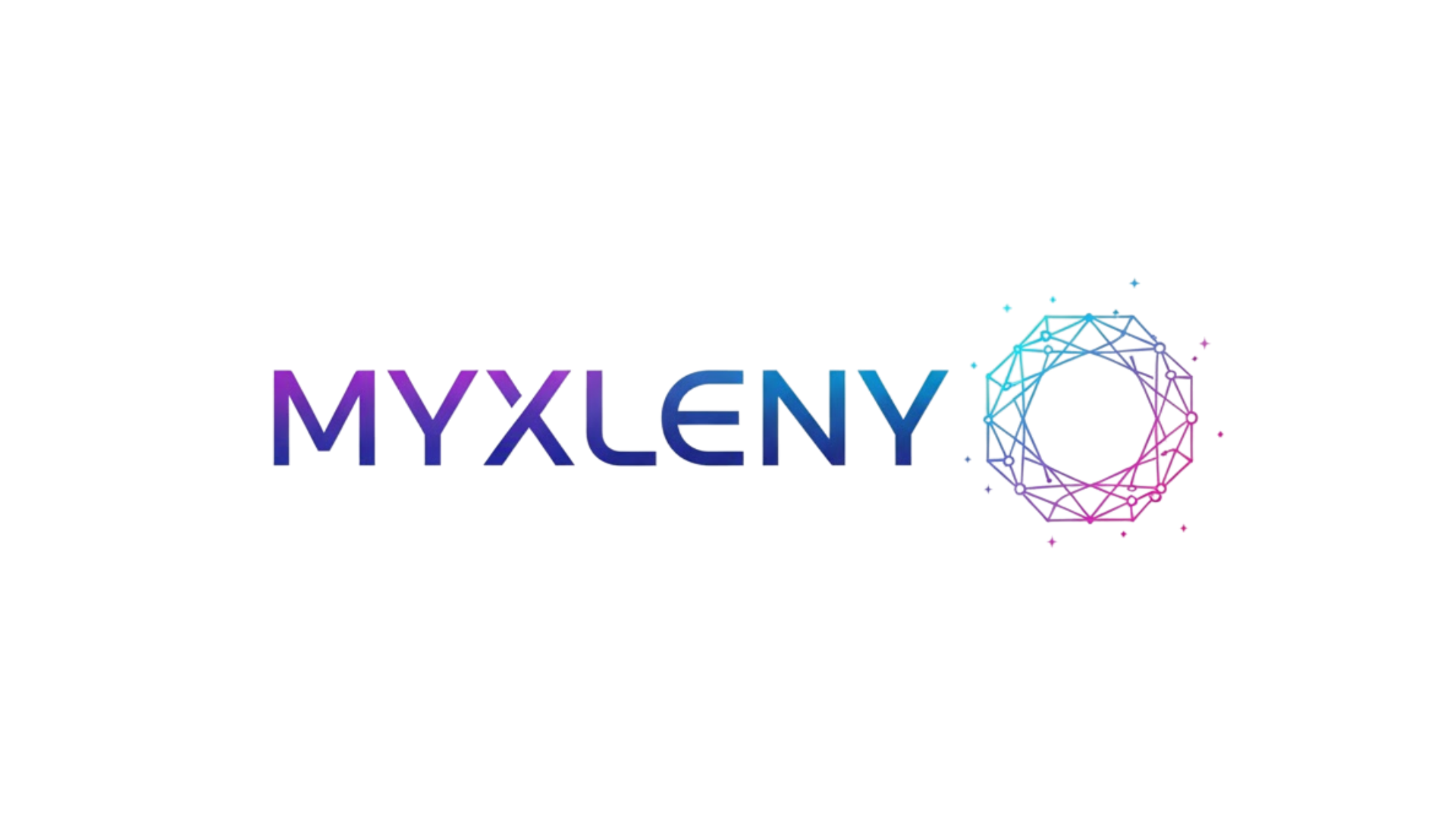Virtual reality is transforming how teams collaborate and innovate, offering immersive environments that supercharge creative brainstorming sessions beyond traditional limitations.
In an era where innovation drives competitive advantage, organizations are constantly searching for methods to enhance their creative processes. Traditional brainstorming sessions, while valuable, often face constraints like physical location barriers, limited visualization capabilities, and the challenge of maintaining participant engagement. Virtual reality brainstorming emerges as a revolutionary solution that addresses these limitations while opening entirely new dimensions for creative exploration.
The integration of VR technology into ideation processes represents more than just a technological upgrade—it fundamentally reimagines how we generate, develop, and refine ideas. By creating shared virtual spaces where team members can interact with concepts in three-dimensional environments, VR brainstorming sessions enable a level of immersion and collaboration that was previously impossible.
🚀 The Science Behind VR-Enhanced Creativity
Neuroscience research reveals that our brains respond differently to virtual environments compared to traditional settings. When immersed in VR, the brain activates spatial reasoning centers more intensely, creating neural pathways that facilitate novel connections between disparate concepts—the foundation of innovative thinking.
Studies conducted at Stanford’s Virtual Human Interaction Lab demonstrate that participants in VR environments show increased divergent thinking capabilities, generating 30-40% more creative solutions compared to traditional brainstorming settings. This enhancement occurs because VR reduces cognitive load associated with physical distractions while simultaneously providing rich sensory input that stimulates creative neural networks.
The psychological concept of “presence”—the sensation of truly being within a virtual space—plays a crucial role in unlocking creative potential. When team members feel genuinely present in a shared virtual environment, social inhibitions decrease, encouraging more uninhibited idea generation. This psychological safety, combined with the novelty of the VR experience, creates optimal conditions for breakthrough thinking.
Breaking Geographic Barriers With Immersive Collaboration 🌍
One of the most transformative aspects of VR brainstorming is its ability to unite geographically dispersed teams in ways that video conferencing simply cannot replicate. Rather than viewing colleagues through flat screens, participants embody avatars in shared three-dimensional spaces where they can manipulate objects, sketch concepts in mid-air, and experience spatial relationships between ideas.
Global corporations like Ford and Volkswagen have implemented VR design review sessions that bring engineers from Detroit, designers from Germany, and strategists from Japan into the same virtual workshop. These sessions eliminate the delays and miscommunications inherent in traditional remote collaboration, enabling real-time iteration that accelerates the innovation cycle.
The spatial memory advantages of VR also improve meeting retention. Participants remember not just what was discussed, but where in the virtual space specific conversations occurred, creating stronger mental anchors for complex concepts and decisions.
Visualization That Transcends Physical Constraints
Traditional brainstorming relies on whiteboards, post-it notes, and two-dimensional presentations that limit how we can represent complex, multidimensional concepts. Virtual reality shatters these constraints, enabling teams to visualize ideas at any scale—from molecular structures to architectural designs to abstract business models.
Architects and product designers have particularly embraced VR brainstorming, as it allows stakeholders to literally walk through proposed designs before physical prototypes exist. This capability to experience spaces and products at 1:1 scale provides immediate, intuitive feedback that dramatically improves decision-making quality.
For abstract concepts like organizational structures or customer journey maps, VR enables spatial representation that our brains process more efficiently than charts or diagrams. Teams can arrange elements in three dimensions, immediately perceiving relationships and patterns that would remain hidden in traditional formats.
Infinite Canvas for Idea Development ✨
Physical meeting rooms impose natural limits on how many concepts can be displayed simultaneously. VR environments offer infinite virtual space, allowing teams to generate hundreds of ideas without erasing or removing earlier concepts. This persistence ensures that no potentially valuable idea gets lost in the flow of discussion.
Participants can cluster related ideas in virtual space, creating visual groupings that reveal themes and connections. The ability to literally step back and view all concepts simultaneously from different vantage points facilitates pattern recognition and synthesis—critical steps in transforming raw ideas into actionable innovations.
Engaging Multiple Senses for Deeper Immersion 🎧
While visual immersion forms the foundation of VR brainstorming, leading platforms incorporate spatial audio that enhances the collaborative experience. Hearing voices originate from the direction of speaking avatars creates a natural conversational flow that video calls cannot replicate.
Advanced VR systems integrate haptic feedback, allowing participants to “feel” virtual objects as they manipulate concepts. This tactile dimension engages additional neural pathways, strengthening memory formation and deepening the creative experience.
Some experimental VR brainstorming platforms are exploring scent integration, recognizing that olfactory stimuli powerfully trigger memories and emotional responses that can unlock creative insights. While still emerging, multisensory VR environments represent the frontier of immersive ideation.
Practical Applications Across Industries
The versatility of VR brainstorming makes it valuable across virtually every industry sector. Understanding specific use cases helps organizations identify opportunities to implement this technology effectively.
Product Development and Innovation Labs 💡
Consumer goods companies use VR brainstorming to rapidly iterate on product concepts with cross-functional teams. Designers, engineers, marketers, and supply chain specialists can simultaneously evaluate proposals from their respective expertise areas, identifying potential issues and opportunities far earlier in the development process.
BMW’s Virtual Innovation Lab brings together specialists from around the world to collaboratively design vehicle features in VR. This approach reduced their concept-to-prototype timeline by approximately 35% while improving design quality through enhanced collaboration.
Marketing and Brand Strategy
Marketing teams leverage VR brainstorming to develop campaign concepts, visualize customer experiences, and plan experiential events. The ability to prototype virtual brand activations before committing resources enables more creative experimentation with lower financial risk.
Agencies specializing in immersive experiences report that VR brainstorming sessions generate concepts that would never emerge from traditional methods, as the medium itself inspires thinking beyond conventional advertising formats.
Scientific Research and Problem-Solving 🔬
Research institutions use VR collaboration to visualize complex datasets, molecular structures, and theoretical models. Scientists can manipulate variables in real-time during brainstorming sessions, observing how changes affect entire systems—a capability that accelerates hypothesis development.
Medical research teams have successfully used VR brainstorming to develop new surgical techniques, as surgeons can virtually rehearse approaches while bioengineers provide immediate feedback on instrument design requirements.
Choosing the Right VR Platform for Your Team
Successfully implementing VR brainstorming requires selecting technology that aligns with your organization’s specific needs, technical capabilities, and budget constraints. The VR collaboration landscape includes options ranging from enterprise-grade systems to accessible consumer platforms.
Enterprise solutions like Spatial and Arthur offer robust features including persistent virtual workspaces, sophisticated 3D modeling tools, and integration with existing productivity software. These platforms typically require higher investment but provide the reliability and support that large organizations require.
Mid-market options such as Mozilla Hubs deliver impressive functionality at lower price points, making VR brainstorming accessible to smaller teams and startups. These web-based platforms often require minimal setup and can run on various VR headsets or even standard computers in limited-feature modes.
When evaluating platforms, consider factors including maximum participant capacity, content import capabilities, recording features for session documentation, and compatibility with your existing hardware ecosystem. Many providers offer trial periods that allow teams to experiment before committing to subscriptions.
Overcoming Implementation Challenges 🛠️
Despite its tremendous potential, VR brainstorming implementation presents challenges that organizations must address to ensure successful adoption and sustained utilization.
Hardware Investment and Technical Requirements
Quality VR headsets represent significant per-user costs, though prices continue declining as technology matures. Organizations must balance hardware quality against budget constraints, recognizing that underpowered systems create uncomfortable experiences that undermine adoption.
Technical infrastructure requirements include sufficient network bandwidth for multi-user experiences, dedicated IT support for troubleshooting, and consideration of physical spaces where team members will use equipment. Creating comfortable VR areas with adequate space reduces motion sickness and improves session quality.
User Comfort and Accessibility Considerations
Not all team members adapt equally quickly to VR environments. Some individuals experience simulator sickness, while others may have vision conditions that make headset use challenging. Successful implementation includes gradual onboarding, allowing team members to acclimate through shorter initial sessions.
Providing alternatives for participants who cannot comfortably use VR ensures inclusive collaboration. Most modern VR brainstorming platforms offer desktop modes that enable participation without headsets, though with reduced immersion.
Cultural Adoption and Change Management 📊
Technology alone doesn’t guarantee transformation—organizational culture must embrace new collaboration methods. Leaders should champion VR brainstorming through example, participating in sessions and celebrating innovations that emerge from this approach.
Starting with voluntary pilot projects allows early adopters to demonstrate value, creating organic enthusiasm that facilitates broader rollout. Documenting success stories and quantifiable improvements helps justify continued investment and expansion.
Maximizing Creative Output in VR Sessions
Simply moving brainstorming into VR doesn’t automatically enhance creativity. Facilitators must adapt their techniques to leverage the medium’s unique capabilities while avoiding potential pitfalls.
Structured Yet Flexible Session Design
Effective VR brainstorming sessions balance structure with freedom. Begin with clear objectives and constraints, then allow participants autonomy in how they explore solutions within the virtual environment. Time-boxing specific activities maintains momentum while preventing aimless wandering.
Incorporate movement and spatial variation throughout sessions. Periodically relocating to different virtual environments refreshes mental energy and can stimulate new thinking patterns. Some facilitators use environmental transitions to signal shifts between divergent ideation and convergent refinement phases.
Leveraging VR-Native Brainstorming Techniques
Traditional brainstorming methods translate into VR, but the medium enables entirely new approaches. “Idea sculpting” allows participants to physically shape concepts in three dimensions, using hand controllers to mold abstract forms that represent features or attributes.
“Perspective shifting” exercises ask participants to view problems from physically different positions in virtual space—above, below, or inside conceptual representations. This literal change in viewpoint often triggers metaphorical shifts in thinking.
“Scale manipulation” exploits VR’s ability to instantly resize objects. Teams examining a product design might shrink themselves to explore internal mechanisms, then return to human scale to evaluate ergonomics—experiences impossible in physical brainstorming.
Measuring Impact and ROI 📈
Justifying VR brainstorming investment requires demonstrating tangible benefits beyond qualitative enthusiasm. Organizations should establish measurement frameworks before implementation to track meaningful outcomes.
Quantifiable metrics include time-to-market reduction, increased patent applications, improved participant engagement scores, and reduced travel costs for collaborative sessions. Comparing innovation velocity before and after VR adoption provides compelling evidence of impact.
Qualitative assessments matter equally. Survey participants about session satisfaction, idea quality perceptions, and self-reported creative confidence. Track which concepts generated in VR sessions ultimately reach implementation, compared to traditionally brainstormed ideas.
Financial analysis should consider both direct costs (hardware, software subscriptions, training) and indirect benefits (reduced prototype iterations, faster consensus building, enhanced team cohesion). Most organizations implementing VR brainstorming report positive ROI within 18-24 months.
The Evolution Ahead: Future of Virtual Ideation 🔮
VR brainstorming technology continues evolving rapidly, with emerging capabilities that will further enhance creative collaboration. Artificial intelligence integration promises virtual assistants that can suggest conceptual connections, automatically cluster related ideas, and even generate variations on proposed concepts for team consideration.
Brain-computer interfaces, though still experimental, may eventually enable direct thought translation into virtual representations, eliminating the lag between imagination and expression. This technology could fundamentally transform how quickly teams iterate through creative possibilities.
Cross-platform interoperability improvements will enable seamless collaboration between VR participants, augmented reality users, and traditional screen-based team members, ensuring that technology enhances rather than limits participation options.

Taking Your First Steps Toward VR-Powered Innovation
Organizations interested in exploring VR brainstorming should begin with small-scale pilots rather than enterprise-wide rollouts. Identify a specific project or team that could benefit from enhanced visualization or distributed collaboration, then implement a trial program.
Partner with vendors who provide comprehensive onboarding and training. The learning curve for effective VR facilitation differs from traditional meeting management, and expert guidance accelerates capability development.
Build internal champions who understand both the technology and your organization’s innovation processes. These individuals can customize VR brainstorming approaches to your specific culture and needs, ensuring that implementation feels organic rather than forced.
Document learnings systematically, creating institutional knowledge about what techniques work best for different types of challenges. This repository of best practices becomes increasingly valuable as adoption expands across the organization.
The convergence of virtual reality technology and creative ideation represents more than an incremental improvement in brainstorming methods—it fundamentally expands what’s possible when human imagination meets collaborative effort. As hardware becomes more accessible and software more sophisticated, VR brainstorming will transition from competitive advantage to competitive necessity for innovation-driven organizations. The question is not whether to explore this approach, but how quickly you can begin unlocking the limitless innovation potential that virtual reality brainstorming offers your team.
Toni Santos is a future-of-work researcher and social innovation writer exploring how technology, culture, and global mobility are redefining what it means to work and thrive in the 21st century. Through his studies on automation, digital nomadism, and workforce transformation, Toni examines the balance between progress, adaptability, and human purpose in a rapidly changing world. Passionate about remote collaboration systems and digital inclusion, Toni focuses on how emerging tools and global connectivity empower individuals to build meaningful, flexible, and resilient careers. His work highlights how automation and new work models can coexist with creativity, empathy, and social value. Blending sociology, economics, and digital strategy, Toni writes about the human side of innovation — helping readers understand not only where work is heading, but how to align with its transformation responsibly and purposefully. His work is a tribute to: The evolving relationship between automation and human employment The rise of global, location-independent lifestyles The power of resilience and adaptability in the modern workforce Whether you are a freelancer, remote leader, or curious observer of the new economy, Toni Santos invites you to explore the future of work — one idea, one connection, one transformation at a time.




